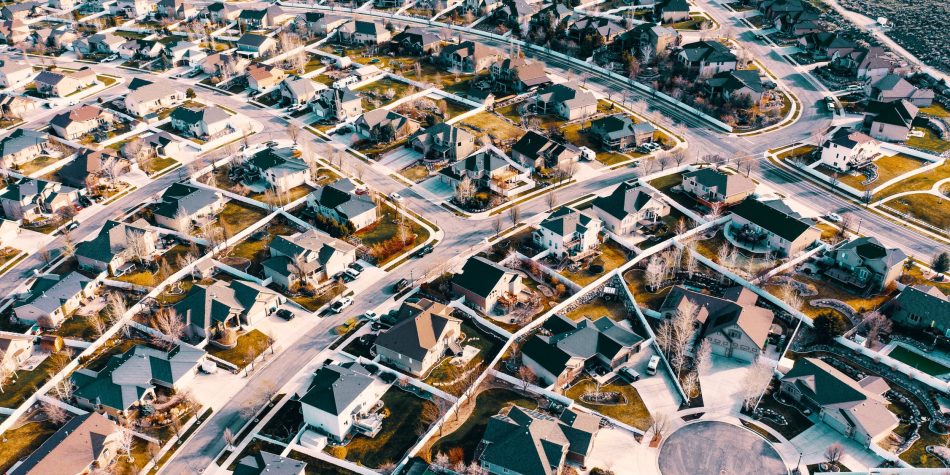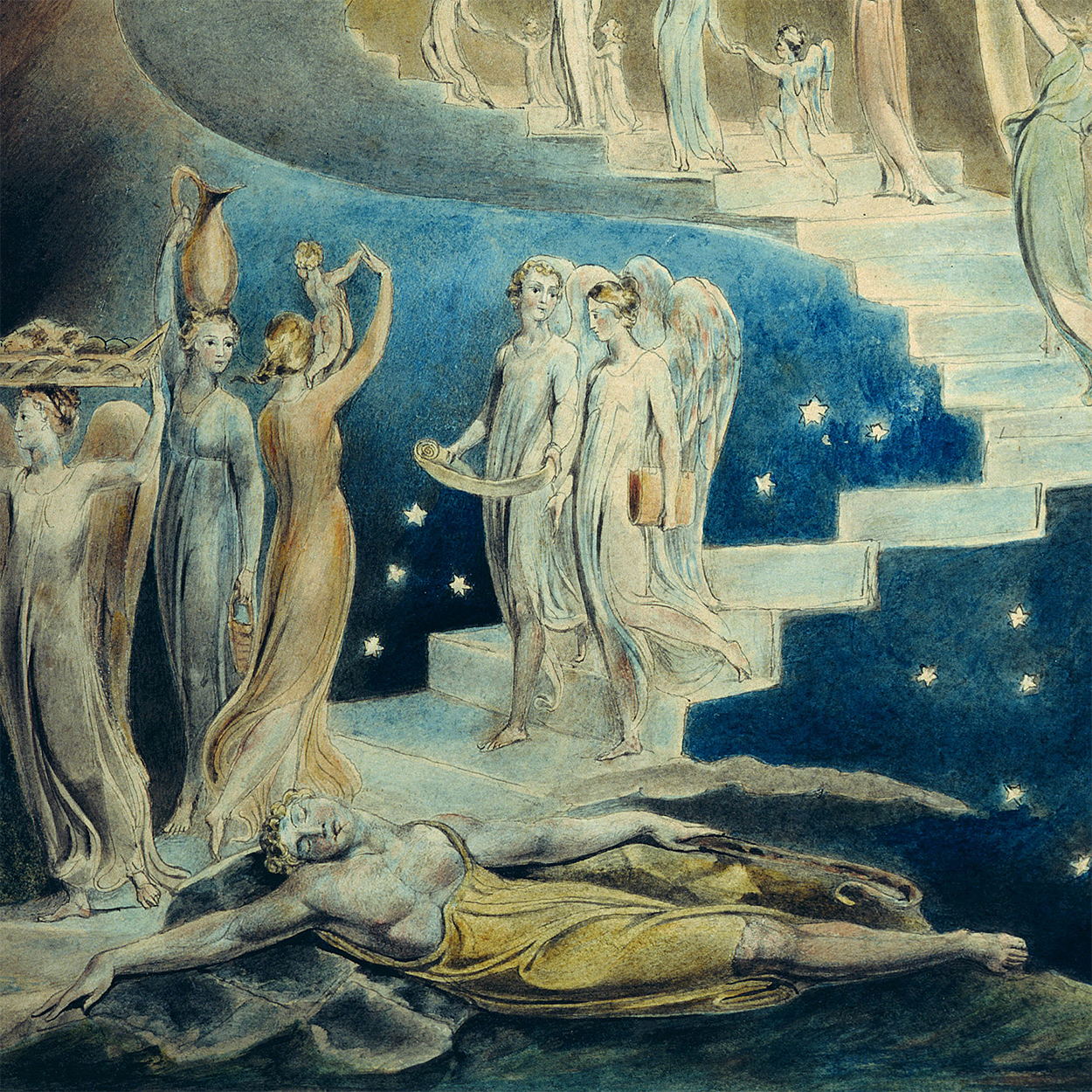Not long ago, I was having a typical morning – meaning that I was in an insane rush to get my three children dressed, fed, and on the school bus by 8:06 a.m., while simultaneously getting myself ready for work. As a single mom, I have this routine down, but that doesn’t mean it isn’t rocky some mornings. On this particular morning, I had managed to get the kids to the curb on time. I, on the other hand, was still in my pajamas, messy hair and all. I waited with the other parents — and waited, and waited. The school bus, usually precisely on time, never came.
Then something seemingly unremarkable happened. The parents quickly sprang into action, dividing up the kids into their cars to ensure that all of the children would have a ride to school. In my pajamas (with holes in them, no less) and late for work, I was more than grateful for two parents who offered to take my three kids in their cars. Seeing that my children had secured rides, I turned toward home before noticing a mother and her child walking toward us from the next bus stop. The woman wore a head scarf and spoke in broken English, but managed to explain that she didn’t have a car and her daughter, a first grader, needed a way to school. One of the parents who was already giving one of my children a ride asked the woman’s name, greeted her daughter, gave the woman a warm hug, and led her daughter by the hand to an open spot in her car.
That morning, I had been feeling the burden of single parenthood somewhat more keenly than usual, but this experience made it all feel a bit lighter. In fact, that same morning, another parent had spontaneously offered to take my kindergartener after school to play with her daughter “whenever I needed it.” Thank heavens for a supportive community.
In his book The Second Mountain, David Brooks says that a “healthy community is a thick system of relationships. . . . Neighbors show up to help out when your workload is heavy, and you show up when theirs is. . . . In a rich community, people help raise one another’s kids.” He continues: “A community is healthy when relationships are felt deeply, when there are histories of trust, a shared sense of mutual belonging, norms of mutual commitment, habits of mutual assistance, and real affection from one heart and soul to another.” Brooks also says that these kinds of communities “were typical in all human history until the last sixty years or so.”
Worries over the breakdown of the social fabric are commonplace these days. One commentator, citing the disruption of the family, notes that “[w]e live in a society that has professionalized, externalized, commercialized and industrialized pretty much everything that was once domestic, local, and part of a commons or private space. Dinner? Available at thousands of locations near you. Caring for grandma? A host of assisted living options at your fingertips.” Others cite the decline in religious association and church attendance as a factor in the breakdown of communal ties. Wage stagnation and widening income inequality is discussed as a reason for civil friction, as is the rise of identity politics, particularly on college campuses. And, of course, social media is incessantly pilloried.
Our society is not just individualistic, but hyperindividualistic.
While not discounting any of these, Brooks presents a more fundamental culprit: our enduring and single-minded focus on the individual. Our society is not just individualistic, but hyperindividualistic. In a hyperindividualistic society, people “are measured by what they have individually achieved.” Selfishness is accepted because private selfishness, it is believed, “can be harnessed to produce public goods, such as economic growth.” Meaning, too, has been privatized. Self-actualization and self-fulfillment are the order of the day. You need to “find yourself,” and the “ultimate source of authority is found inside,” not in a web of social connections or civic institutions. Brooks notes that “[i]n other cultures, people are formed by and flourish within institutions that precede individual choice — family, ethnic heritage, faith, nation. But these are precisely the sorts of institutions that the culture of individualism eats away at, because they are unchosen and therefore seen as not quite legitimate.” Thus, “the best life is the freest life” — not a connected one.
A society that focuses almost solely on the individual — my self-fulfillment, my “truth,” my success — creates individuals who are unmoored and isolated. The problem, of course, is that as humans we have not evolved to be islands unto ourselves. According to Brooks, “People who are left naked and alone by radical individualism do what their genes and the ancient history of their species tell them to do: They revert to tribe. Individualism, taken too far, leads to tribalism.”
It may not be obvious that a reversion to tribe is antithetical to community, but a tribe, in the sense I’m using it here, is merely an extension of the individual rather than a selfless connection with a larger communal good. When I revert to tribe, I am looking for “my people” — a place where my unique individualism can find comfort and safety with others whom I view as the same. Brooks says that while tribalism does bind people together, “it is actually the dark twin of community,” suggesting, “Community is connection based on mutual affection. Tribalism . . . is connection based on mutual hatred. Community is based on common humanity; tribalism on common foe.” Tribalism thus creates an us-versus-them mentality, where the “us” is defined fairly narrowly. It is no longer just my success or my truth, but my particular group’s success and the supremacy of our truth vis a vis our common enemies.
Perhaps no more vivid expression of tribalism is apparent in society today than that of political party as tribe. To be a “Democrat” or a “Republican” has now become a measure of identity to a degree that I have not seen in my lifetime. Rather than two counterbalancing forces that seek to work together, the rhetoric of tribe has pressed each side to see this as a struggle for survival – characterizing the other side as a threat and focusing on the need for revolution rather than seeking creative possibilities for compromise or collaboration. This can be seen in Hillary Clinton’s infamous description of Trump supporters as a “basket of deplorables.” And as Jonathan Rauch notes:
Trump’s appeals to ethnic and racial resentment, his portrayals of a country and culture under siege, and his populist demonization of multiple enemies offered Republicans something more appealing than any particular list of policies: They offered solidarity against a threat. . . . He offered a vivid us-versus-them story that energized one portion of the party, and then, once his followers redefined what “we” (the in-group) believe, the rest of the party preserved its identity by scrambling aboard.
“Make America Great Again” is not a bad sentiment, but it could also be viewed as a call to tribe. This is particularly true if the slogan is couched in an us-versus-them rhetoric where immigrants are labeled as criminals and rapists, and both political opponents and entire countries are referred to by derogatory and crude names.
One of the results of this tribal rhetoric is greater extremism and a narrowing of what constitutes the “in-group” versus the “out-group.” Increasingly, a certain kind of “purity” is demanded in order to call yourself a Republican or a Democrat or in order to be part of myriad political causes. This can be seen, for example, in the progressive Women’s March that occurred shortly after the most recent presidential election and is now an annual event. To join in, it was not good enough to be a woman who opposed the general threat to human rights that many felt the new administration represented, but you had to be a woman who signed on to a narrow set of ideological views laid out by the organizers of that event, including being pro-choice.
This narrowing of the in-group can also be seen in the condemnation by Republicans of others in the party who dare criticize Trump. Mitt Romney, for example, has seen his loyalty to party denounced because he has publicly criticized the president. In typical tribal form, one republican senator stated that “focusing on our political opponents that are trying to annihilate us and embarrass the president is probably a more productive focus, rather than just criticize what the president is, how he does things.” In a similar vein, Elizabeth Warren recently branded Joe Biden as “running in the wrong presidential primary” (or, in other words, being a Republican) because he criticized Warren’s Medicare-for-all plan as not fiscally responsible. When tribes close ranks, it is easy to find yourself in the out-group if you don’t conform closely enough to the in-group’s narrow set of ideals.
In an us-versus-them mentality, where “them” is the enemy, differences do not just mean disagreement, they mean war.
The problems stemming from these tribal attitudes seems to be especially worsening in Washington. When the focus is only on “political opponents who want to annihilate us,” bipartisanship becomes a near impossibility. In an us-versus-them mentality, where “them” is the enemy, differences do not just mean disagreement, they mean war. The worst thing you can do in war is fraternize with the enemy. This mentality engenders other problems too. Blind loyalty to my group makes it unsavory — or even treasonous — to look for the good in the other, or find any common ground where we might agree or be similar. On the other side of that coin, the tribal lens makes me blind to the weaknesses and failings of my own group. What results is a complete intolerance for anything that comes from anyone on the other side and a complete inability to admit any vulnerability in my own position. In short, hyperpolarization and unprecedented gridlock.
Rather than a cautionary tale confined to Washington, statistics confirm the degree to which this hostility is spreading in the public at large. In the last 20 years, people with “very unfavorable” views of the other political party have more than doubled on both sides (to 38% among Democrats and 43% among Republicans). This same group of disappointed respondents overwhelmingly believe that the opposing party’s policies represent “a threat to the nation’s well-being.” In a 2016 Pew survey, “majorities of highly politically engaged Republicans (62%) and highly politically engaged Democrats (70%) said the other party makes them feel ‘afraid.’”
Rauch reflects, “It’s not so much that we like our own party as that we detest the other.” In admitting that “hate,” might be a strong word, Rauch laments that “it is, alas, in the right ballpark for inter-party feeling right now,” noting that “what we fear, we tend also to hate.” While the number of people who say they would oppose a close relative marrying someone of a different race or ethnicity has dropped sharply in recent decades, Gallup polling shows the number of people who would balk at a child marrying a member of another political persuasion has doubled, or more than doubled, since the 1950s – moving from 33% to 60% for Democrats and 25% to 63% for Republicans. This dislike of the other can be seen actively practiced in increasingly common stories like this one, where a tow truck driver refused to tow a stranded motorist when he saw a Bernie Sanders bumper sticker on her car; or, as evidenced by a restaurant refusing to serve Sarah Huckabee Sanders.
The continuation of these trends can be no less than disastrous. But, what can be done?
Once again, we hear a wide range of proposals, including calls for dramatic, and even radical, structural changes in order to achieve income equality, racial equity, gender equity, and health care access for all. While progress towards greater equality and access are important and worthy aims, a singular focus on these long-term structural changes can miss out on the less dramatic actions we each can take to improve our communities in the here and now. Brooks says that the antidote to hyper-individualism is deep connection and commitment – a return to real community. Community, he says, is restored by “people whose ultimate loyalty is to others and not themselves.” This includes strengthening both interpersonal connections within our neighborhoods and the institutions that help bring people together. Along these lines, Brooks posits that to build community, “it is not sufficient to focus on individuals,” rather “[r]ebuilding community involves seeing that the neighborhood, not the individual, is the essential unit of social change.” Once you have committed to a geographical location, you can start strengthening the social connections within that geographical area by creating methods to bring people together “and nudge them toward intimacy and trust.”
In this endeavor, the important role of community institutions is easy to ignore. Rauch posits that, while “[m]ost people think little about institutions in the context of polarization[,] . . rebuilding institutions and thinking more institutionally are the most important pieces of the puzzle.” Civic institutions, he notes, can create a durable structural support for social life and connectedness. “Because they are durable (or try to be), they tend to take a longer view and discourage behavior that considers only self-interest in the very short term.” He continues:
Think about how membership in the Boy Scouts, Kiwanis clubs, the American Bar Association, or the military forms us as individuals, connects us with others, builds our communities, and establishes norms that define us. In all these ways and others, human institutions were the breakthrough technology that freed Homo sapiens from our tribal chains.
Churches have always played an important role in American life and, I believe, will continue to play a role. The question is, what shape will that role take?
Another big benefit of institutions alluded to here is that they create spaces for people to meet and interact across racial, ethnic, gender and other tribal lines. When I participate in my school’s PTA, join a club, or participate in rec sports with my kids, I rub elbows with people I might not otherwise associate with or “friend” on Facebook.
Churches are another example of places that encourage us to combine across differences. Attending church allows individuals to rub elbows with people with whom they might not otherwise have occasion to interact, whether they be people of different races, ethnicities, genders, or political persuasions. I go to church with folks whose Facebook feeds are filled with things I disagree with politically – sometimes surprisingly so. Despite this, because I’ve worked with them at church or heard them teach a Sunday school lesson, my tribal instincts are somehow suspended. It is difficult to view someone I know and respect as an “other.”
In this way, churches are an example of what urban sociologist Ray Oldenburg calls a “third place.” Third places are community spaces where people spend time between their first and second places—home and work, respectively. Admittedly, churches are assailed by forces from within and without that threaten to erode their efficacy: from within, churches have succumbed to their share of tribal behaviors and attitudes; from without, churches and religious rights are often under siege and membership is on the decline. But despite these challenges, churches continue to be important community builders.
I believe that, along with many friends of other faiths, the Church of Jesus Christ of Latter-day Saints and its members are well situated to play an important role in the work of strengthening interpersonal relationships and community building. Having experienced a history of religious persecution, many members of the church today still feel keenly the effects of being in the “out-group.” I believe this has, in part, made the Church very careful about inclusivity in both doctrine and practice. In addition, the Church’s way of geographically dividing areas into “wards” and “stakes” can also be used to advantage. As Brooks indicates, community must be built, of necessity, within a particular locale. Church buildings can be used (and are being used), not just for religious services, but as community gathering places for social activities, sporting events, and cultural celebrations. Individual members can reach out to invite all within the community, not just members of the church, to attend such social gatherings.
Moreover, I believe that the Church’s recent change from home and visiting teaching – a program for reaching out to and serving its membership – to “ministering” reflects an important and continuing change in the Church from an inward focus to an outward one. Ministering, as it sounds, is meant to be broader and more inclusive in its scope. As Elder Dieter F. Uchtdorf encourages, “try to truly see everyone around you as a child of God,” and “minister to them,” regardless of any assignment or list. President Russell M. Nelson emphasized this outward focus recently when detailing the Church’s extensive humanitarian efforts and noting that “this is the essence of ministering.” In addition, the Church’s recent launching of the “I Was A Stranger” effort, to ease the transition of refugees and immigrants into their communities, and JustServe.org, to match volunteers up with local needs, are evidence of this renewed outward focus. I believe this new push is a call to reach out in service to all within our sphere of influence, including our neighbors, regardless of their membership in the church or other religious affiliation.
As Brooks notes, our separation and hostility must be “repaired by hundreds of millions of people making local covenants—widening their circles of attachment across income, social and racial divides.” Like my recent morning at the bus stop, this can be done through any number of seemingly unremarkable actions like getting the kids at the bus stop to school when the bus fails to arrive, offering to watch another’s child, and embracing those who look and sound different from us. The holiday season provides many opportunities for these types of connections. Use this time to get to know your neighbors, to create one more space at the Thanksgiving table, or to make sure that everyone in the community gets the invitation to the holiday party at the church. This is, after all, what community is all about.
















